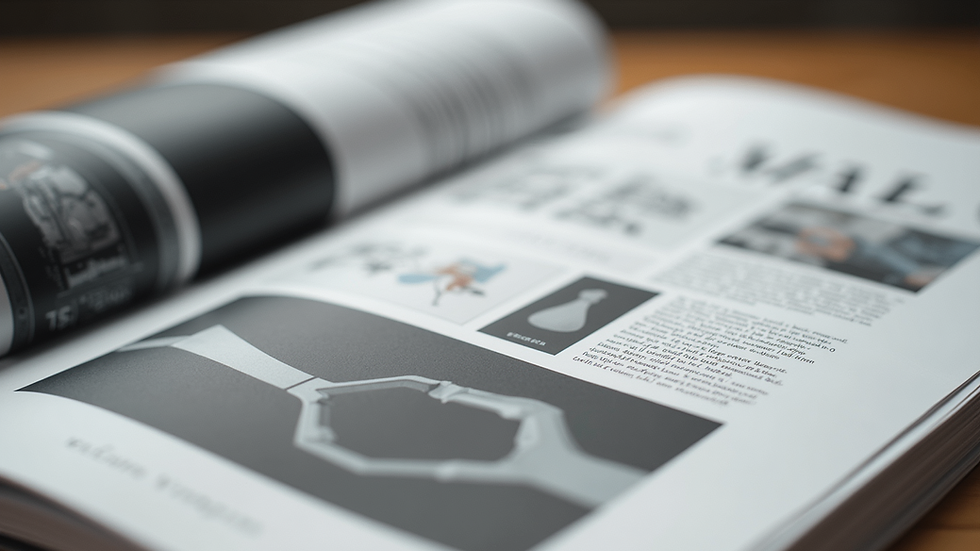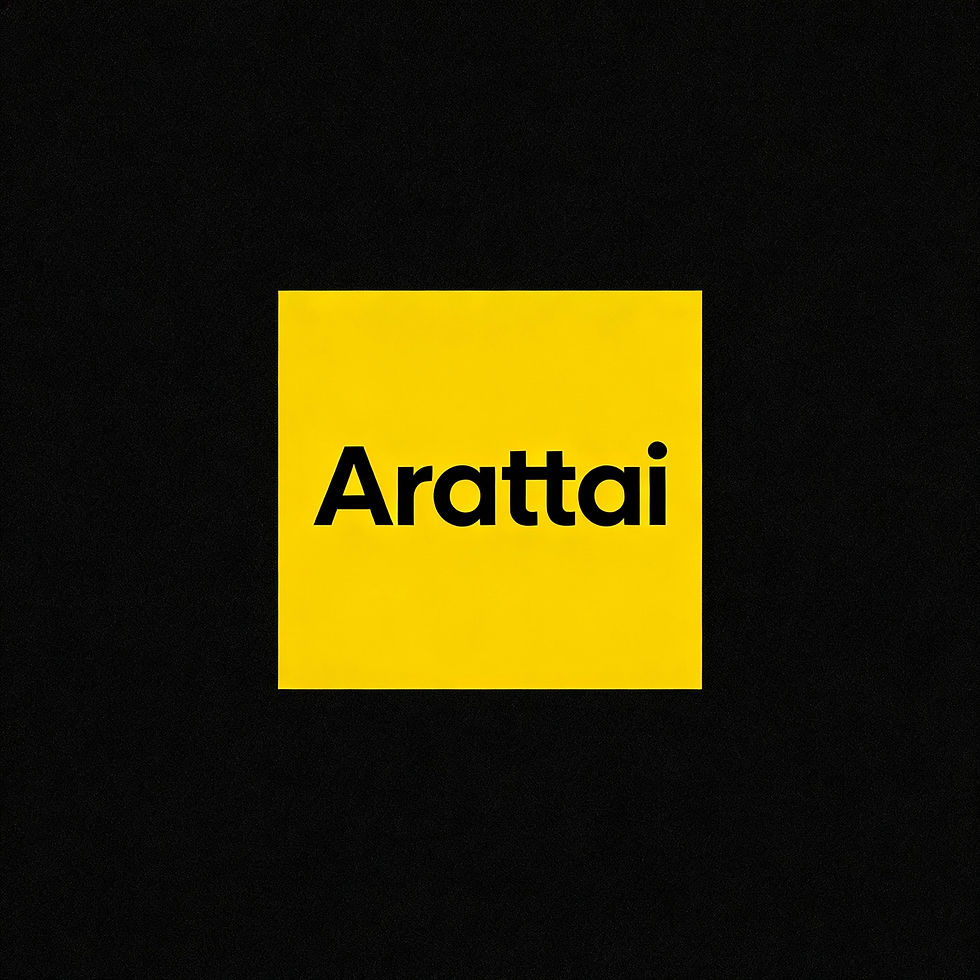Comparing QuarkXPress vs InDesign for Designers
- Elite Typesetting Team
- Sep 1
- 4 min read
Updated: Sep 3
When it comes to professional desktop publishing, two names often come up: QuarkXPress and Adobe InDesign. Both have been industry staples for years, offering powerful tools for designers to create stunning layouts for print and digital media. Choosing between them can be challenging, especially when you want to maximize productivity and creativity. This article explores the key differences, strengths, and practical considerations of these two software giants to help you make an informed decision.
QuarkXPress versus InDesign: A Detailed Comparison
Both QuarkXPress and InDesign are designed to handle complex page layouts, but they approach the task differently. Understanding their core features and workflows is essential.
User Interface and Ease of Use
InDesign offers a modern, intuitive interface that many users find easier to navigate, especially if they are already familiar with other Adobe Creative Cloud apps like Photoshop or Illustrator. Its workspace is customizable, allowing designers to tailor panels and tools to their preferences.
QuarkXPress, on the other hand, has a more traditional layout that some long-time users appreciate for its straightforwardness. However, new users might find it less intuitive compared to InDesign. QuarkXPress has made significant improvements in recent versions to modernize its interface, but it still retains a classic feel.
Features and Functionality
Typography and Text Handling: Both programs excel in typography control. InDesign offers advanced OpenType support, GREP styles, and paragraph styles that are easy to manage. QuarkXPress also supports OpenType and has powerful text composition features, but some users find InDesign’s text tools more flexible.
Color Management: InDesign integrates seamlessly with Adobe’s color management system, making it ideal for projects requiring precise color control. QuarkXPress provides robust color tools as well, including support for Pantone libraries and spot colors.
Digital Publishing: InDesign has a clear edge in digital publishing, supporting EPUB, HTML5, and interactive PDFs with multimedia elements. QuarkXPress supports digital formats but is generally considered less versatile in this area.
File Compatibility: InDesign files are widely accepted in the industry, and Adobe’s Creative Cloud ecosystem facilitates easy sharing and collaboration. QuarkXPress files are less common but can be exported to various formats, including PDF and IDML for some compatibility with InDesign.
Pricing and Licensing
Adobe InDesign is available through a subscription model as part of Adobe Creative Cloud. This means ongoing costs but access to regular updates and cloud services.
QuarkXPress offers a perpetual license option, which can be more cost-effective in the long run for some users. It also provides subscription plans, giving flexibility depending on your budget and needs.

Is QuarkXPress still around?
Despite the rise of Adobe InDesign, QuarkXPress remains a viable option for many designers. It has a loyal user base and continues to receive updates and new features. QuarkXPress has adapted to modern design needs by adding support for digital publishing and improving its user interface.
Many professionals appreciate QuarkXPress for its stability and powerful print layout capabilities. It is still widely used in publishing houses, especially where legacy workflows are in place. The software’s ability to handle complex typography and precise layout control keeps it relevant.
However, QuarkXPress’s market share has declined compared to InDesign, which dominates due to Adobe’s extensive ecosystem and continuous innovation. Still, for those who prefer a one-time purchase or have specific print-focused needs, QuarkXPress is a strong contender.

Workflow Integration and Collaboration
In today’s design environment, collaboration and workflow integration are crucial. Adobe InDesign benefits from seamless integration with other Adobe apps like Photoshop, Illustrator, and Acrobat. This integration streamlines the process of importing graphics, editing images, and preparing files for print or digital distribution.
InDesign also supports cloud-based collaboration through Adobe Creative Cloud Libraries and shared documents, making it easier for teams to work together remotely.
QuarkXPress has improved its collaboration features but still lags behind Adobe in this area. It supports exporting to various formats and has some cloud capabilities, but it does not offer the same level of integration with other creative tools.
For teams that rely heavily on Adobe’s ecosystem, InDesign is often the preferred choice. For individual designers or smaller teams focused on print, QuarkXPress can be sufficient.
Practical Recommendations for Designers
Choosing between QuarkXPress and InDesign depends on your specific needs and workflow. Here are some actionable tips:
Evaluate Your Project Types: If you work primarily on print projects with complex layouts, QuarkXPress might serve you well. For mixed media projects involving digital publishing, InDesign is more versatile.
Consider Your Budget: If you prefer a one-time purchase, QuarkXPress offers that option. If you want access to a suite of creative tools and regular updates, InDesign’s subscription model is better.
Test Both Software: Many designers benefit from trying free trials of both programs to see which interface and features suit their style.
Think About Collaboration: If you work in a team or with clients who use Adobe products, InDesign’s integration can save time and reduce compatibility issues.
Stay Updated: Both software packages receive updates, so keep an eye on new features that might influence your choice.

For a deeper dive into the nuances of these programs, you can explore more detailed comparisons at quarkxpress vs indesign.
Making the Right Choice for Your Design Needs
Ultimately, the decision between QuarkXPress and InDesign comes down to your workflow preferences, project requirements, and budget. Both tools are capable of producing professional-quality designs, but their strengths differ.
If you value a modern interface, extensive digital publishing options, and integration with a broad creative suite, Adobe InDesign is likely the better fit. If you prefer a traditional layout tool with strong print capabilities and flexible licensing, QuarkXPress remains a solid choice.
By understanding the unique features and limitations of each, you can select the software that enhances your creativity and efficiency. Whether you lean towards QuarkXPress or InDesign, mastering your chosen tool will empower you to deliver outstanding design work.




Comments